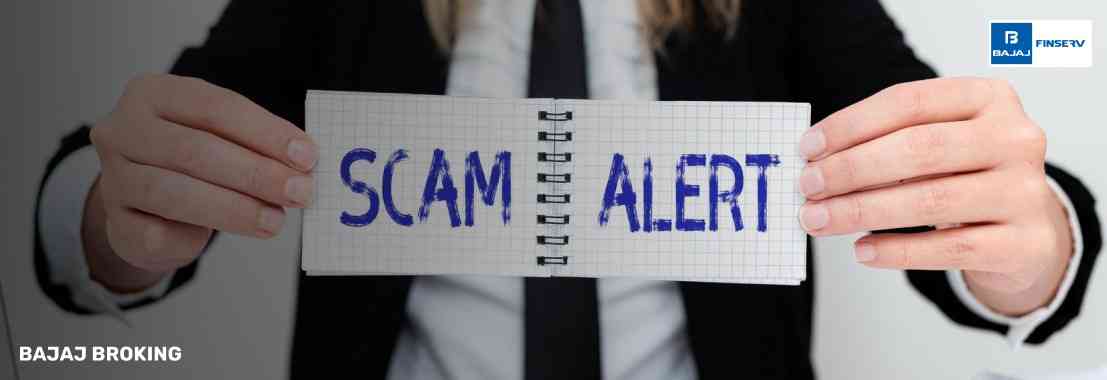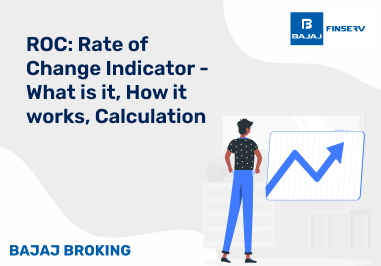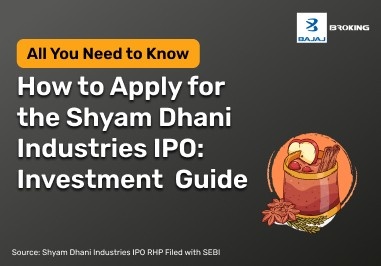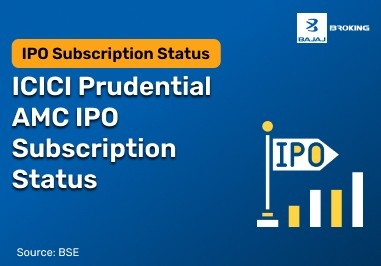If you have ever followed the rise and fall of stock markets in India, then the Harshad Mehta Scam is something you should know about. This 1992 securities fraud did not just shake the financial world—it changed how you, as an investor, view the stock exchange and banking systems. At the centre of it all was Harshad Mehta, a stockbroker who used loopholes in the banking system to create an illusion of stock market success. His actions led to one of the most high-profile financial scandals in India’s history. If you are exploring the share market meaning in depth or trying to understand why regulatory reforms became urgent, this scam offers real lessons. It showed how a single loophole, if left unchecked, could lead to a nationwide stock market crash.
Overview of the Harshad Mehta Scam
The Harshad Mehta scam involved the illegal movement of funds between banks and the stock market. As someone exploring financial systems, you will find this case critical to understanding the need for regulation. Harshad Mehta exploited the monitored interbank securities system, where banks transferred money using Bank Receipts (BRs) as temporary proof of ownership of government securities. Mehta managed to procure considerable sums of money using fake BRs, and then used those funds to inflate stock prices artificially.
If you had been an investor in 1992, you might have been caught up in the buying frenzy, unaware that share prices were being manipulated. The 1992 Indian stock market scam highlighted how a few unchecked transactions could disrupt an entire financial ecosystem. It also revealed how important it is for regulatory bodies like the Securities and Exchange Board of India to remain alert and proactive in monitoring unusual trading patterns.
Details of the 1992 scam
To understand the scam’s scale, you need to look closely at how it was structured. The entire fraud rested on exploiting the gap between banking operations and the stock exchange. Here are the key mechanisms that enabled this fraud:
Misuse of Bank Receipts (BRs)
Harshad Mehta received funds from banks using fake or non-backed Bank Receipts. These BRs were supposed to represent government securities but, in many cases, they did not exist at all. This allowed him to gather vast amounts of money illegally.
Diversion of funds to equity markets
You might be surprised to know that these illegally acquired funds were then redirected into selected shares. This artificially pushed up their value, creating false demand and a misleading picture of market confidence.
Price manipulation of selected stocks
Stocks like ACC and Sterlite were bought in huge volumes to inflate prices. When you or other investors saw the rising prices, many joined in—unaware they were following manipulated trends.
Sell-off at inflated prices
Once the prices peaked, Mehta sold his shares and booked profits. The difference between the sale proceeds and the original loan amount was his gain, while the banking system was left exposed.
Uncovering the fraud
Eventually, journalists and internal auditors uncovered the mismatch. If you had been watching closely, you would have noticed unexplained gaps in BR settlements and sudden volatility in stock prices—early signs of a brewing crisis.
Key Figures Involved in Scam 1992
You may already be familiar with Harshad Mehta, but the scam involved many more individuals and institutions. Understanding their roles helps you see how systemic failure, not just one person, allowed the scam to flourish.
Harshad Mehta was at the centre, but several banks were directly involved, knowingly or unknowingly. Institutions such as State Bank of India and National Housing Bank were manipulated into issuing or accepting fake BRs. As a result, public funds were misused on a massive scale.
Journalist Sucheta Dalal played a pivotal role in exposing the scam. Her investigation triggered broader scrutiny and legal action. If you admire investigative journalism, this case shows you how a single report can lead to national-level reforms.
Regulatory bodies like the Reserve Bank of India and SEBI were criticised for their delayed response. Several bank officials were also found negligent. The scam’s exposure led to new regulations, stricter compliance norms, and a more empowered SEBI—something you benefit from if you are an investor today.
Impact of Harshad Mehta Scam on the Indian Stock Market
The Harshad Mehta Scam shook the Indian stock market and directly impacted how you invest today. After the scam broke, the market witnessed a sharp crash, and investor confidence plummeted. Many retail investors like you lost significant money, especially those who had followed Mehta’s trading moves.
More than ₹4,000 crore was involved, and many public sector banks suffered massive losses. If you had invested in the early ’90s, you would have witnessed a period of severe volatility and market distrust.
This event led to fundamental reforms in how the stock market operates. The scam served as a wake-up call for regulators. SEBI was given greater authority, and digital trading platforms replaced traditional paper-based systems. The stock market became more transparent and monitored, which means the investments you make today are safer and more structured compared to the pre-1992 era. Your trading environment is now shaped by the lessons learned from this crisis.
Lessons Learned from the Scam
As someone participating in the Indian financial system, you need to understand the lessons this scam taught the country. They form the foundation of how regulatory structures work today and why investor awareness is crucial for market stability.
Stronger financial oversight is necessary
The scam exposed the inadequacies of the financial sector's regulation. Post-1992, SEBI's powers were expanded to ensure close monitoring of trading activities and bank interactions.
Transparency supports market stability
Lack of clarity in financial operations led to a crisis of trust. Transparency in disclosures, filings, and transactions is now a key part of how markets function, directly impacting your investing experience.
Investor education is vital
Many investors followed price trends without understanding company fundamentals. This incident showed the need for financial literacy so that you can make informed choices rather than speculative bets.
System integration prevents fraud
The disconnect between the banking system and the stock exchange allowed the scam to go undetected. Today, better data-sharing systems between institutions help prevent such incidents.
Journalism is a powerful accountability tool
Investigative reporting by Sucheta Dalal was instrumental in revealing the scam. Responsible journalism continues to help you stay informed and aware of market events that could affect your investments.
Conclusion
The Harshad Mehta Scam of 1992 remains one of the most defining moments in Indian financial history. It is a reminder to you that unchecked systems and blind faith in market trends can result in major losses. This scam led to systemic changes that now define how you access the stock exchange and engage with banking institutions.
You now benefit from stricter market regulations, digitalised trading platforms, and improved transparency—all of which stemmed from the learnings of this incident. Whether you are new to investing or exploring the share market meaning in depth, the events of 1992 serve as a strong reference point. They show you how vital it is to question financial practices, stay informed, and support reforms that create safer, more reliable financial systems.














